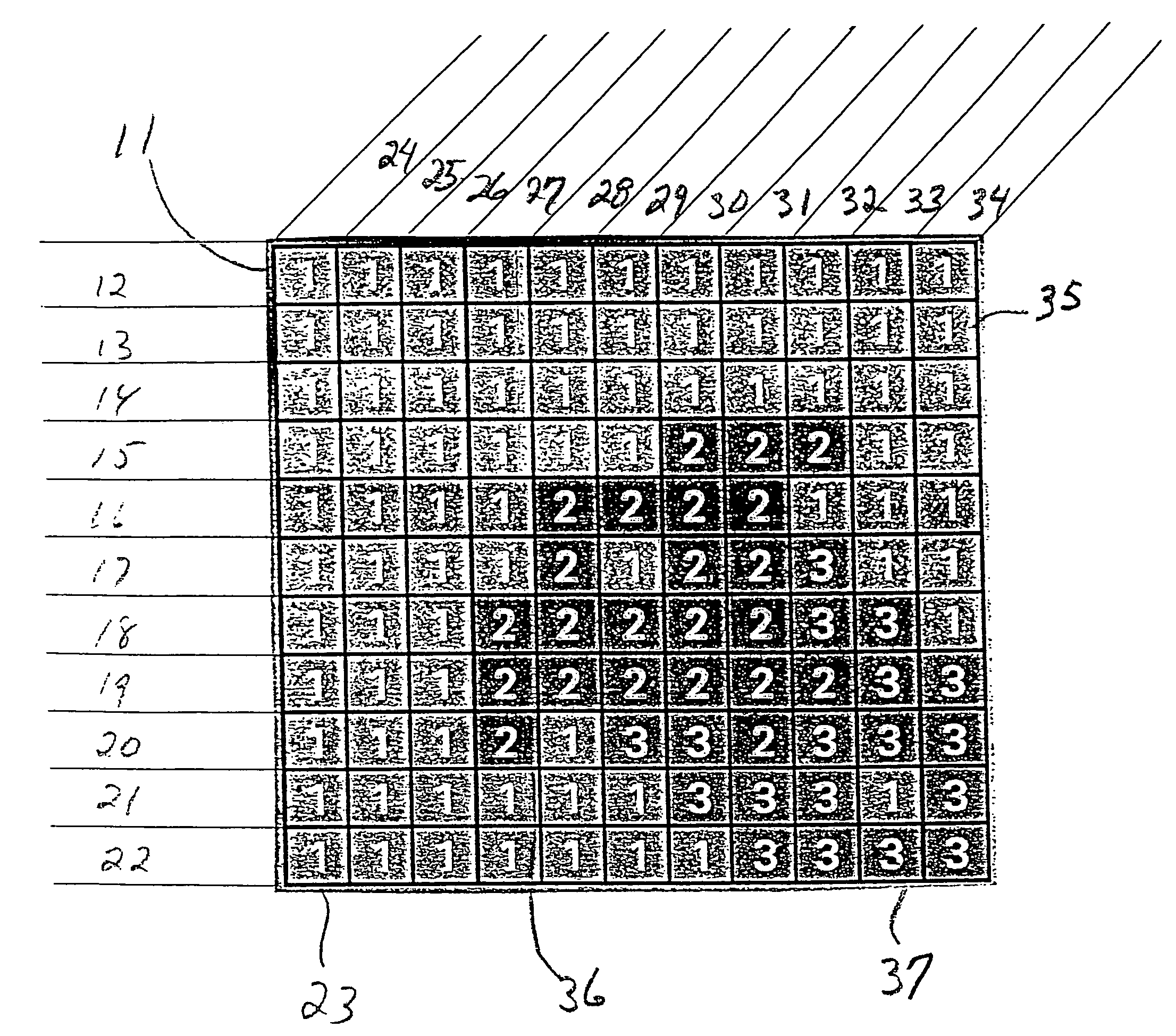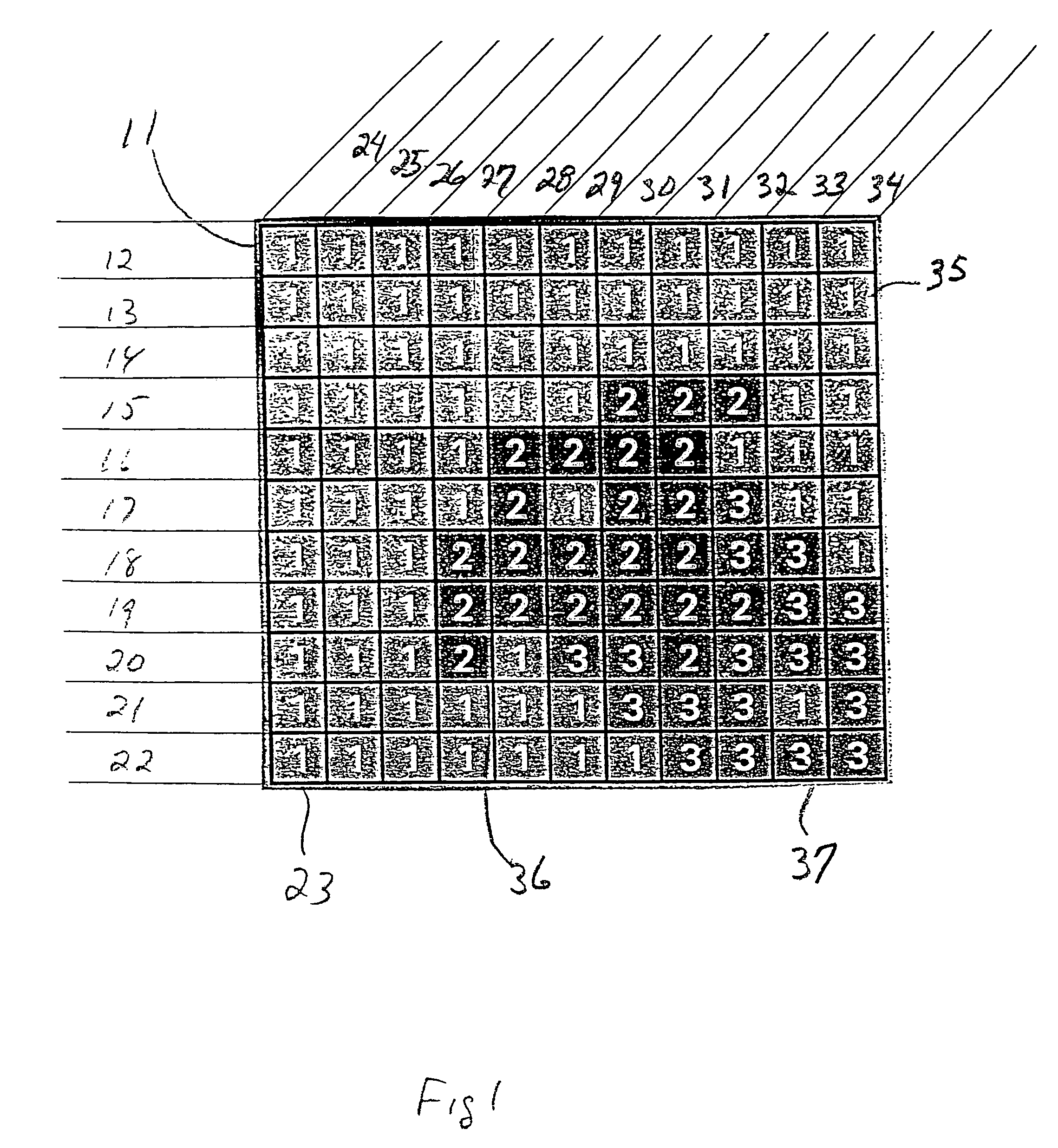Curable adhesive composition, adhesive kit and method of adhering substrates
a technology of adhesive composition and adhesive kit, which is applied in the directions of transportation and packaging, rigid containers, organic chemistry, etc., can solve the problems of toxic and, most often, flammable solvents, individual raw materials in two-component adhesive products, toxic and often allergenic, and latex adhesives that do not perform well in low temperature environments, etc., to achieve stable adhesive composition, rapid curable setting material, easy to attach to
- Summary
- Abstract
- Description
- Claims
- Application Information
AI Technical Summary
Benefits of technology
Problems solved by technology
Method used
Image
Examples
working examples
Examples 1-3
[0084]In Examples 1-3, moisture-curable adhesive compositions, listed in Table 1 below, were generally prepared by the following procedure: a translucent, low viscosity adhesive was made by mixing a polypropylene oxide with a methyldimethoxysilyl functional group sold under the trade name MS Polymer S303H by Kaneka of Osaka, Japan in a low speed Sigma Blade Lab Mixer from Teledyne Readco of York, Pa. keeping the mixer covered to minimize moisture exposure. The mixer was started on a low speed and the following materials were added: one of three polypropylene glycols sold under the tradename Arcol Polyol PPG-2000, PPG-3025 and PPG-4000 by Bayer of Pittsburgh, Pa., and a sterically hindered phenolic anti-oxidant sold under the tradename Irganox 1010 by Ciba Specialty Chemicals of Tarrytown, N.Y. The mixer was then sealed and heated to between 71° C.-77° C. While heating, a vacuum was applied to the batch in the mixer to continuously distill off any water in the raw materia...
examples 4-11
[0095]In Examples 4-11, moisture-curable adhesive compositions, listed in Table 2 below, were generally prepared by the following procedure: a clear adhesive was made by mixing polypropyleneoxide with a methyldimethoxysilyl functional group sold under the tradename MS Polymer S303H by Kaneka of Osaka, Japan in a low speed Sigma Blade Lab Mixer from Teledyne Readco of York, Pa. keeping the mixer covered to minimize moisture pickup. The Sigma Blade Lab Mixer was started on a low speed and the following were added: fumed amorphous silica filler with a surface area of 50 m2 / gram sold under the tradename Aerosil OX-50 by Degussa Corporation of Ridgefield Park, N.J.; a substituted benzotriazole anti-oxidant sold under the tradename of Tinuvin 327 by Ciba Specialty Chemicals of Tarrytown, N.Y.; a hindered amine light stabilizer anti-oxidant sold under the tradename of Tinuvin 770 by Ciba Specialty Chemicals of Tarrytown, N.Y.; and a sterically hindered phenolic anti-oxidant sold under the ...
examples 12 and 13
[0108]In Examples 12-13, moisture-curable adhesive compositions, listed in Table 3 below, were generally prepared by the following procedure: a white adhesive was made by mixing a polypropyleneoxide with a methyldimethoxysilyl functional group sold under the tradename MS Polymer S303H by Kaneka of Osaka, Japan in a low speed Sigma Blade Lab Mixer from Teledyne Readco of York, Pa. keeping the mixer covered to minimize moisture pickup. The Sigma Blade Lab Mixer was started on a low speed and the following were added: a butyl benzl phthalate sold under the tradename Santicizer 160 by Solutia, Inc. of St. Louis, Mo.; a calcium carbonate sold under the tradename Wingdale White by Imerys of Roswell, Ga.; a titanium dioxide whitener sold under the tradename Tiona RCL-9 by Millenium Inorganic Chemicals Inc. of Baltimore, Md.; a fumed amorphous silica filler with a surface area of 200 m2 / gram sold under the tradename Aerosil 200 by Degussa Corporation of Ridgefield Park, N.J.; a substituted ...
PUM
| Property | Measurement | Unit |
|---|---|---|
| temperature | aaaaa | aaaaa |
| glass transition temperature | aaaaa | aaaaa |
| viscosity | aaaaa | aaaaa |
Abstract
Description
Claims
Application Information
 Login to View More
Login to View More - R&D
- Intellectual Property
- Life Sciences
- Materials
- Tech Scout
- Unparalleled Data Quality
- Higher Quality Content
- 60% Fewer Hallucinations
Browse by: Latest US Patents, China's latest patents, Technical Efficacy Thesaurus, Application Domain, Technology Topic, Popular Technical Reports.
© 2025 PatSnap. All rights reserved.Legal|Privacy policy|Modern Slavery Act Transparency Statement|Sitemap|About US| Contact US: help@patsnap.com



